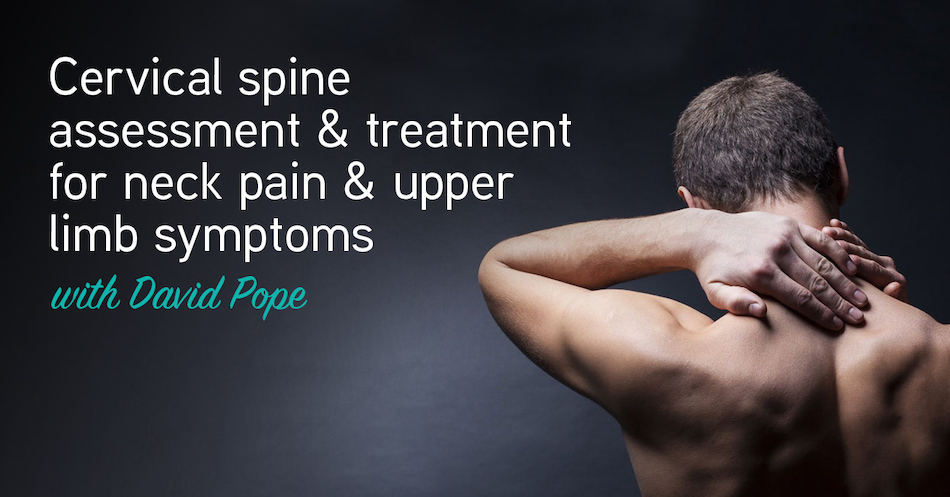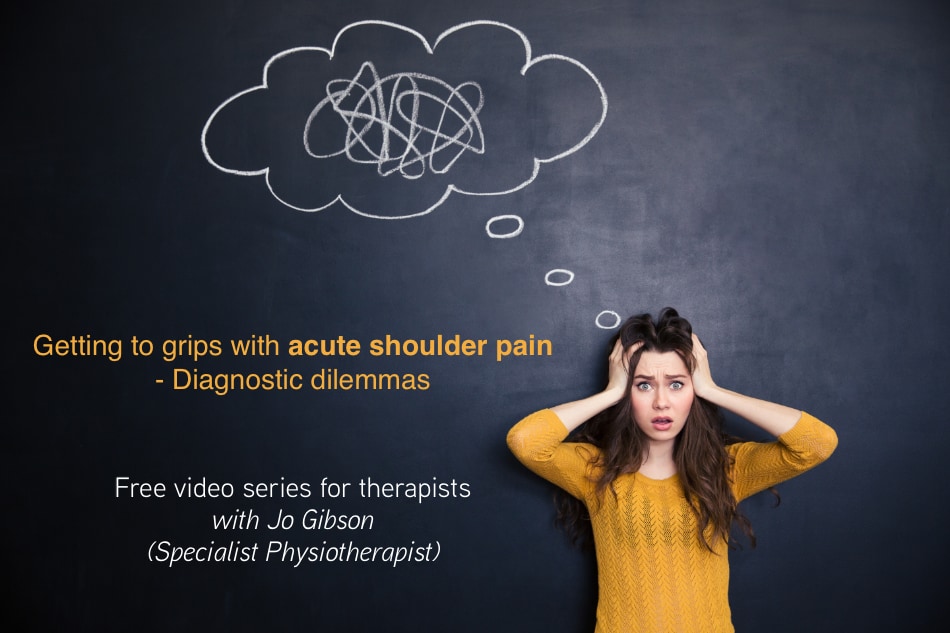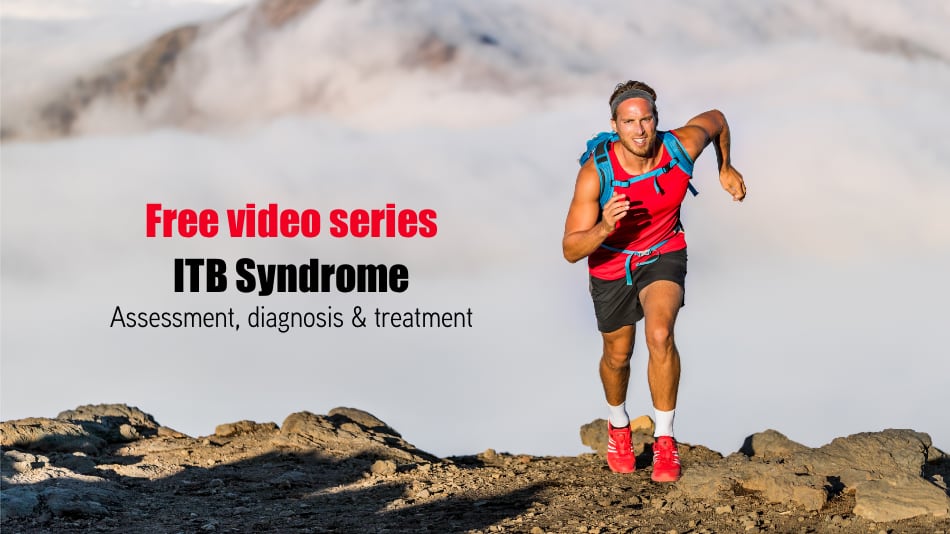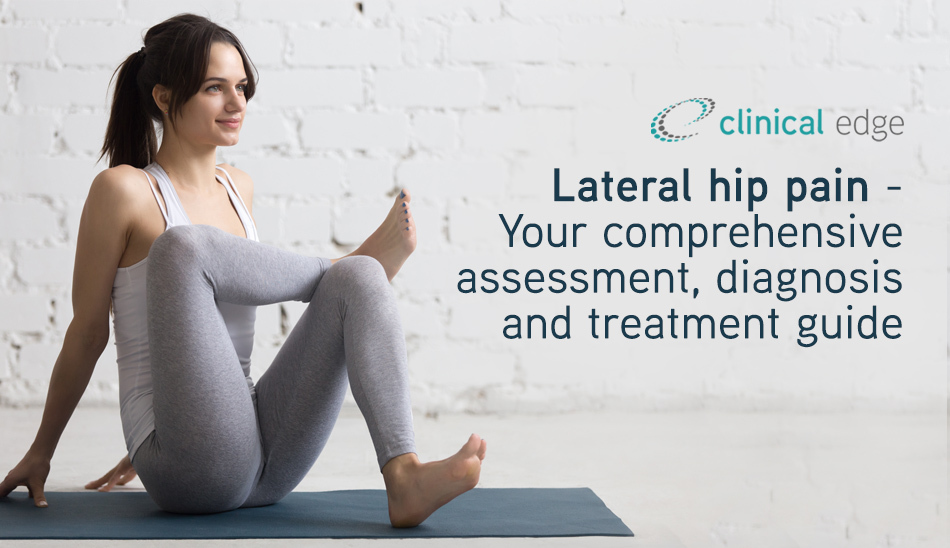Mon, 26 April 2021
How can you accurately assess neck pain patients and choose the most effective treatment to help resolve their pain and prevent recurrence? Find out in part 1 of this two part podcast series with Emeritus Professor Gwendolen Jull, and explore:
Download this podcast now to improve your assessment and treatment of neck pain. The next podcast with Prof Gwen Jull, available soon, will build on the knowledge you gain from part 1, and provide you with additional neck pain treatment strategies. CLICK HERE to get access to Cervical radiculopathy assessment & treatment case study Links associated with this episode:
Direct download: 121._Neck_pain_assessment_clinical_reasoning__rehab._Physio_Edge_podcast_with_Prof_Gwendolen_Jull.mp3
Category:general -- posted at: 11:56am AEST |
Fri, 16 April 2021
Pec minor cops the blame for shoulder pain, scapular dyskinesia and all sorts of upper limb pain and “dysfunction”. Is pec minor shortness or “tightness” really responsible for shoulder pain? In this podcast with Jo Gibson (Clinical Physiotherapy Specialist), you’ll discover whether the latest evidence supports pec minor as a major cause of shoulder pain, or whether pec minor is an innocent victim. You’ll also explore:
The handout for this podcast is an article referenced in the podcast. There is no additional transcript or handout available. Links associated with this episode:
Article associated with this episode:
Direct download: 120._Pec_minor_-_a_major_cause_of_shoulder_pain_Physio_Edge_Shoulder_success_podcast_with_Jo_Gibson.mp3
Category:general -- posted at: 7:17pm AEST |
Wed, 14 April 2021
Stress fractures and bone stress injuries in running patients need to be identified early, to allow recovery before the injury worsens and requires extensive time away from running. When should you suspect a stress fracture or a bone stress injury (BSI) in your running patients? Find out in the podcast with Tom Goom (Running Physio), and explore:
Improve your identification and assessment of stress fractures and bone stress injuries now with this podcast.
Your comprehensive guide to ITB assessment & treatment with Tom GoomIf you treat runners, walkers, cyclists or rowers you'll regularly see patients with lateral knee pain from an irritated iliotibial band (ITB). What causes ITB syndrome? How can you assess, diagnose and successfully treat it?
CLICK HERE to get immediate access to this free ITB video series with Tom Goom.
Lateral hip pain assessment, diagnosis & treatment video series To improve your lateral hip pain assessment, diagnosis & treatment skills, CLICK HERE for your access to 3 free videos presented by Tom Goom Links associated with this episode:
Direct download: 119._Suspect_a_stress_fracture_Physio_Edge_Track_record-_Running_repairs_podcast_with_Tom_Goom.mp3
Category:general -- posted at: 2:06pm AEST |
Mon, 5 April 2021
Patients with atraumatic sternoclavicular joint (SCJ) instability may have pain during overhead activities, throwing or playing sport. How can you diagnose and successfully rehabilitate SCJ instability? Find out in this podcast with Jo Gibson (Clinical Physiotherapy Specialist), and explore: Assessment & diagnosis
Rehab & recovery
Jo also answered these questions from FB Live listeners:
The handout for this podcast consists of articles referenced in the podcast. There is no additional transcript or handout available. Links associated with this episode:
Articles associated with this episode:
Direct download: 118._Atraumatic_SCJ_instability_diagnosis__rehab._Physio_Edge_Shoulder_success_podcast_with_Jo_Gibson.mp3
Category:general -- posted at: 1:28pm AEST |
Physio Edge podcast

Categories
generalArchives
AprilMarch
February
August
June
May
April
March
February
November
October
July
April
March
February
December
August
July
April
March
February
December
October
September
June
May
April
March
February
January
December
October
August
June
May
April
March
January
December
October
September
August
July
June
May
February
January
December
November
October
August
June
May
April
March
February
November
October
September
August
June
May
April
March
February
November
September
August
July
June
April
March
February
January
December
October
July
June
May
March
December
September
August
June
April
December
September
August
June
April
February
January
December
November
October
September
August
| S | M | T | W | T | F | S |
|---|---|---|---|---|---|---|
| 1 | 2 | 3 | ||||
| 4 | 5 | 6 | 7 | 8 | 9 | 10 |
| 11 | 12 | 13 | 14 | 15 | 16 | 17 |
| 18 | 19 | 20 | 21 | 22 | 23 | 24 |
| 25 | 26 | 27 | 28 | 29 | 30 | |
Syndication











